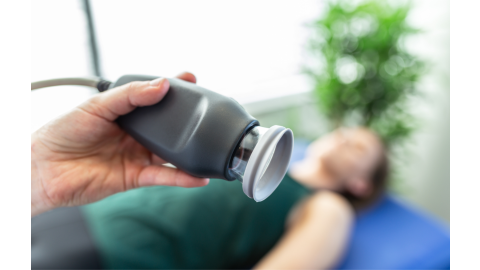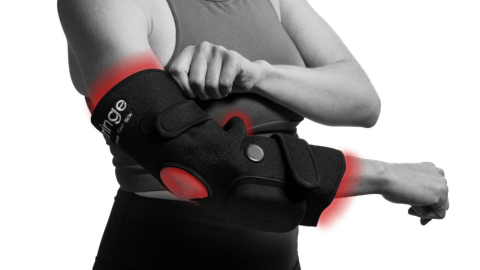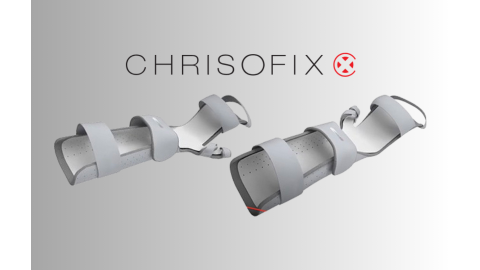Cancer and cancer treatments take a heavy toll on the body. Patients often report feeling tired and fatigued.
If you’re feeling like less than yourself while fighting cancer, you’re not alone. This is a common symptom of most forms of cancer, but you can overcome the tiredness. Here are five ways to overcome fatigue and become yourself again.
1. Aerobic Fitness
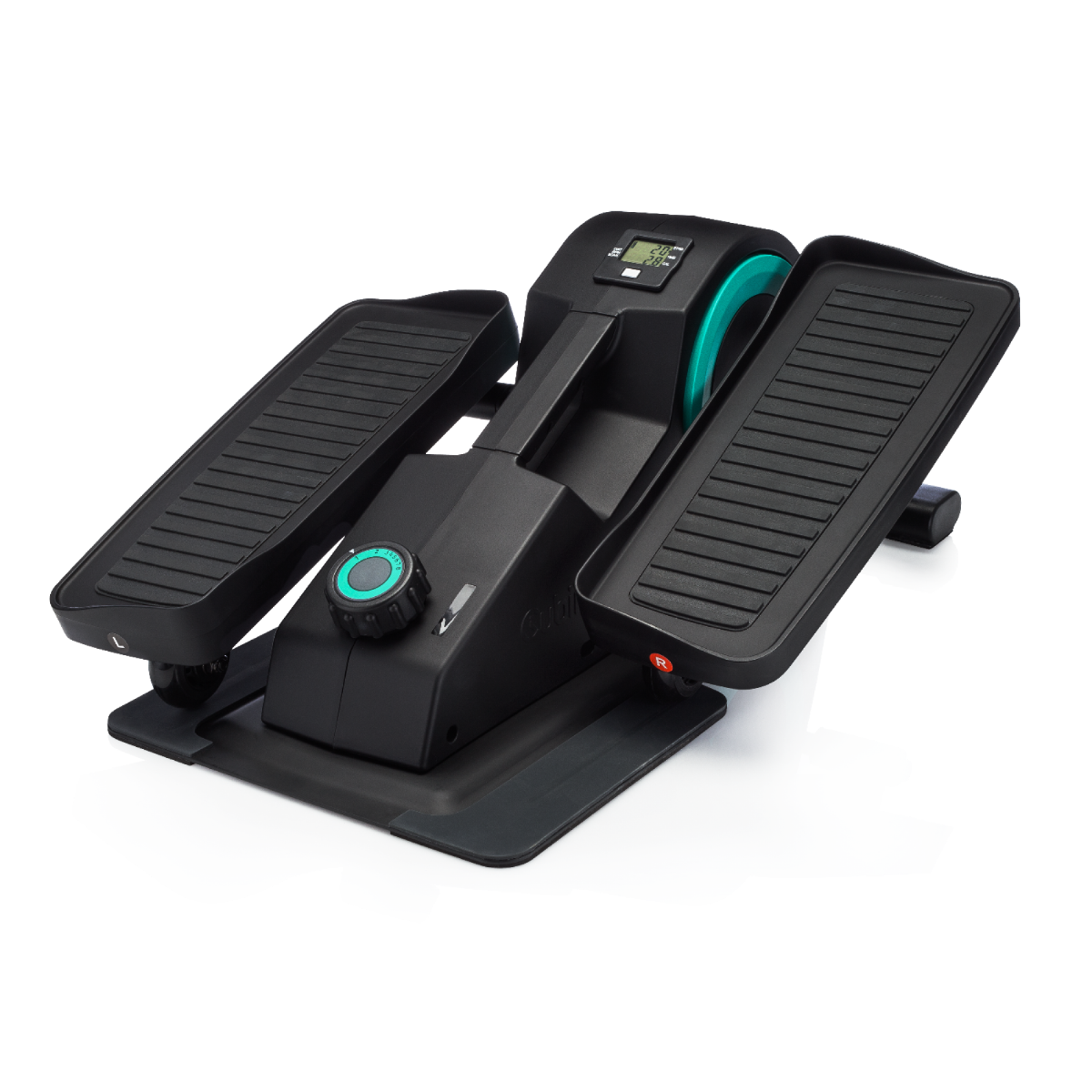
Walking is a great way to get your heart rate up. It’s also been shown to reduce fatigue in cancer patients. A 2009 study showed that when combined with upper body exercises, walking 10,000 steps per day significantly reduced fatigue and improved quality of life for breast and prostate cancer patients.2
Too busy to go for a walk? Just because you don’t have time to get out, doesn’t mean you have to give up exercising. The Cubii Jr lets you perform elliptical exercises wherever it is easiest for you: at work, on the couch, or at the dinner table.
If you’re looking for more ways to workout from work, check out 9 Simple Office Exercises.
2. Strengthening Exercises
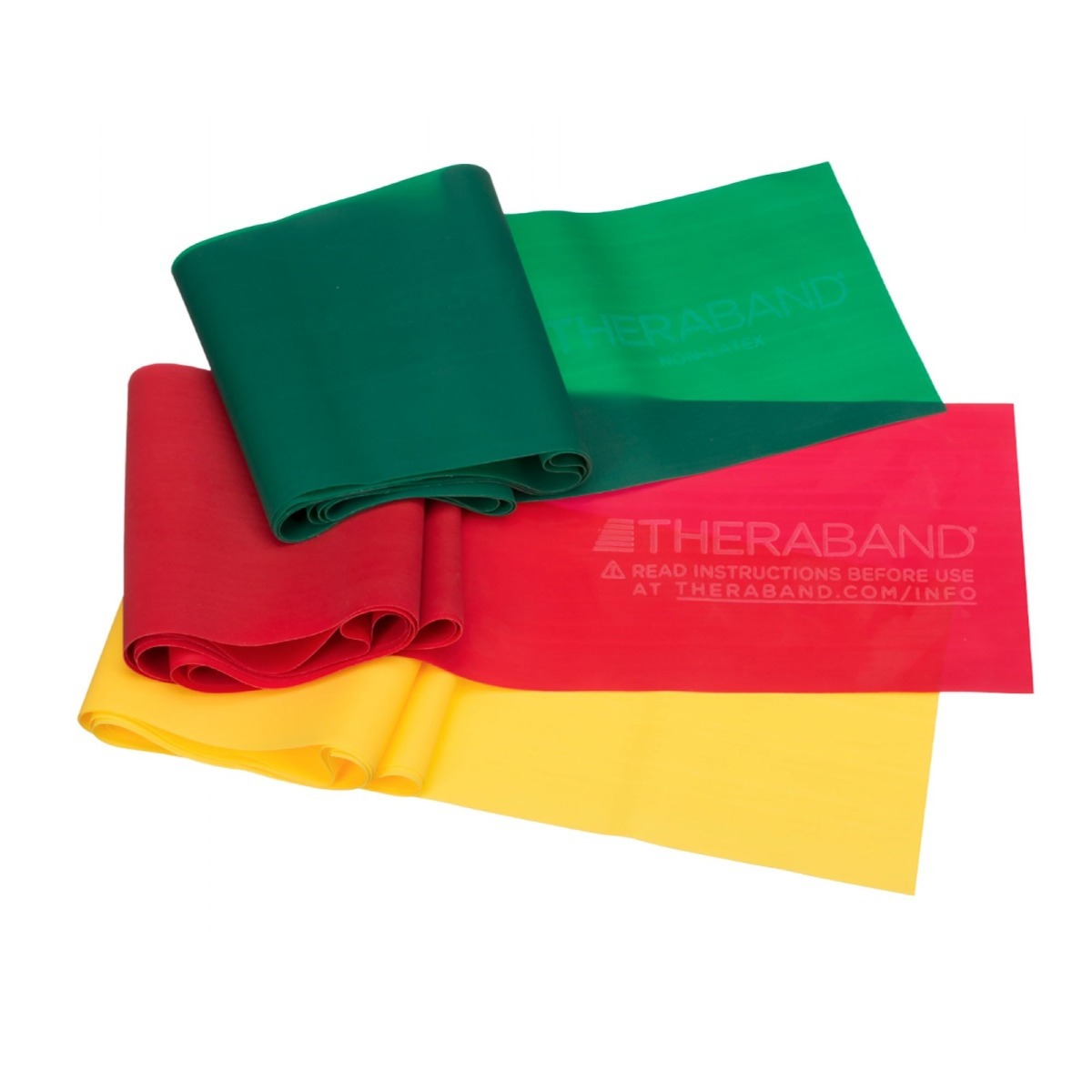
The 2009 study specifically examined upper body exercises using a TheraBand Resistance Band. In addition to feeling less fatigue, the exercising participants also maintained muscle mass. The control group, who did not exercise, lost muscle mass.3 Losing muscle mass is common for patients undergoing cancer treatment. But by performing strengthening exercises, like the exercise group, you can work to maintain your muscle mass.
Another study showed that three months of exercise was beneficial for breast cancer survivors. The study also revealed that six months of exercise increased the benefits significantly.4 Use an exercise ball to work out your core, abs, and lower body. Not only is keeping active important, sticking with a routine for an extended period of time is even more crucial.
TheraBand Shoulder Lateral Raise
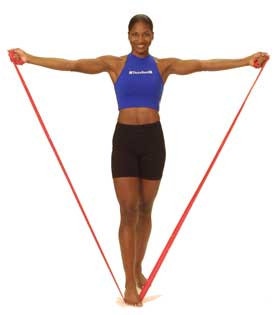
- Stand on the middle of the band, holding an end of it in each hand
- Lift the band upward
- Tip: Let your shoulders do the work by keeping your elbows straight and thumbs at the tops of your hands
- Stop once your arms are parallel to the ground
TheraBand Shoulder Serratus Dynamic Hug

- Wrap the band around the top of your upper back and hold one end in each hand
- Abduct your shoulders 60 degrees and bend your elbows to 135 degree angles
- Bring your arms towards each other and touch your hands together
- Tip: If you’re keeping your elbows at the correct angles, this should feel like the movements of giving someone a hug
Exercise Ball Pelvic Clock

- Sit on an exercise ball
- Rotate your pelvis clockwise and then counterclockwise
- Tip: Keep your back and shoulder straight while using your hands on your hips for balance
3. Stress Relief
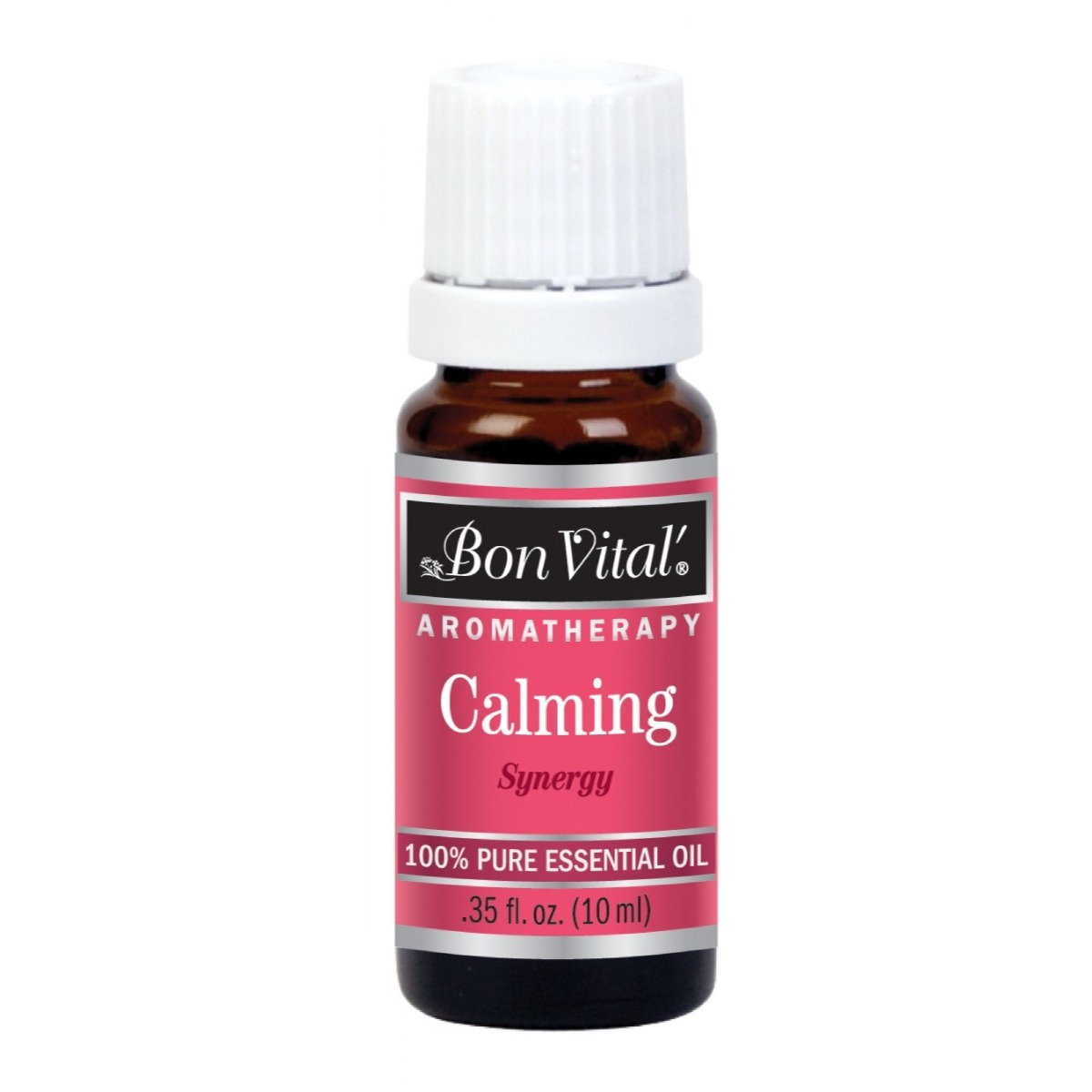
Stress can play a major role in lowered energy and quality of life. For patients recovering from cancer or going through cancer treatment, maintaining good mental health is just as important as physical health.
Essential oils create a relaxing environment with endless possibilities for combinations of aromas. Try out a scent like calming for a soothing experience.
If you’re looking for a way to exercise your body and your mind, try yoga. Yoga challenges your body’s balance and instructors often incorporate stress-relief techniques into the class.
4. Getting Better Sleep
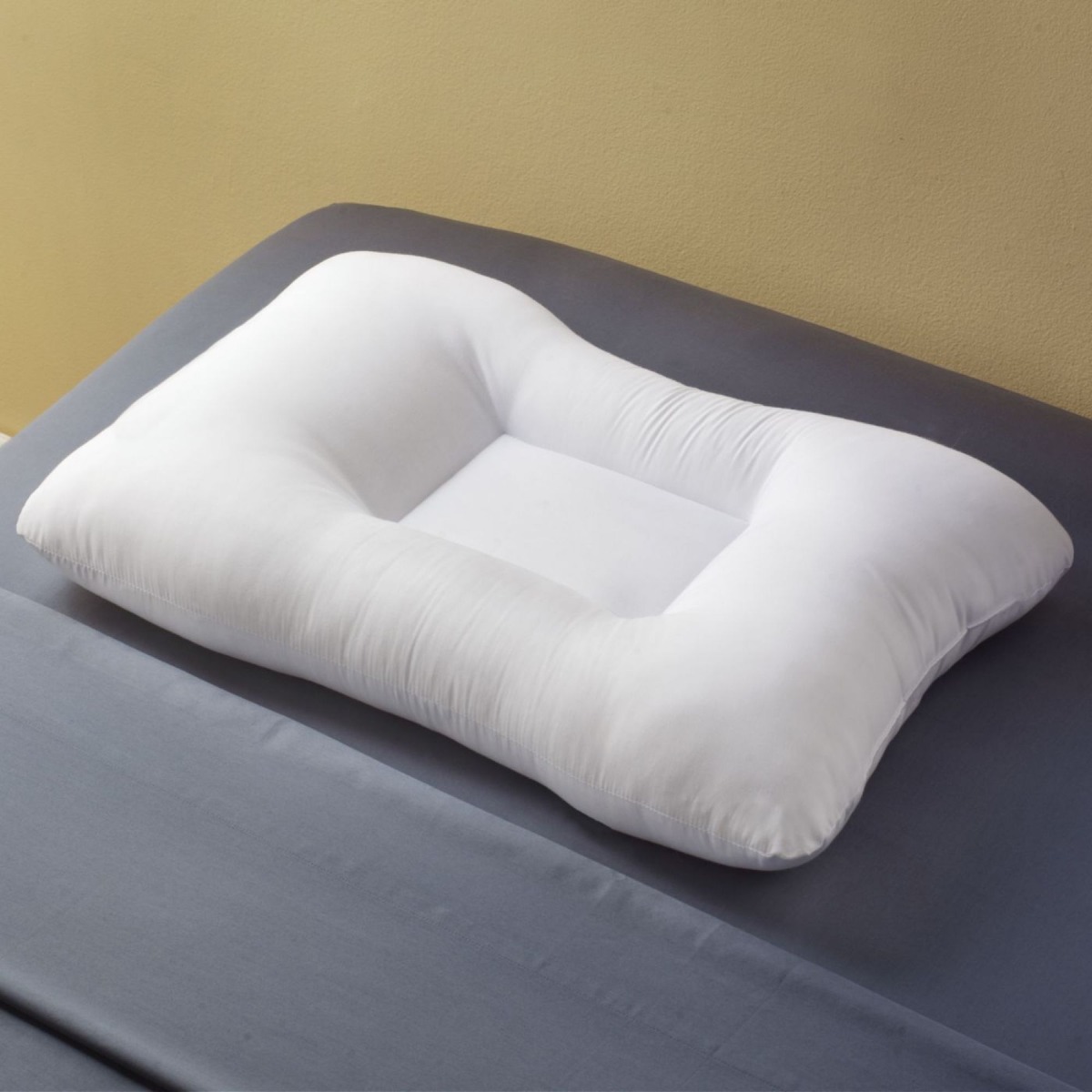
Deep and fulfilling sleep is an important factor in helping your body fight and recover from cancer. Make sure you’re getting the best sleep possible with these tips:
- Set a regular sleep schedule and stick to it
- Stay off your phone for a half-hour before you go to bed
- If you sleep on your side, place a pillow between your legs to open your hips and help align your spine
- Don’t consume caffeinated drinks like coffee, soda, or black tea before you go to sleep
- Use a contoured pillow that supports your neck and distributes the weight of your head evenly
5. Pain Relief
Our final tip for reducing cancer fatigue is to find ways that effectively alleviate your pain. Cancer and the associated treatment methods take a toll on your body. Make sure you are finding ways to relieve pain and improve your quality of life.
Massage Therapy
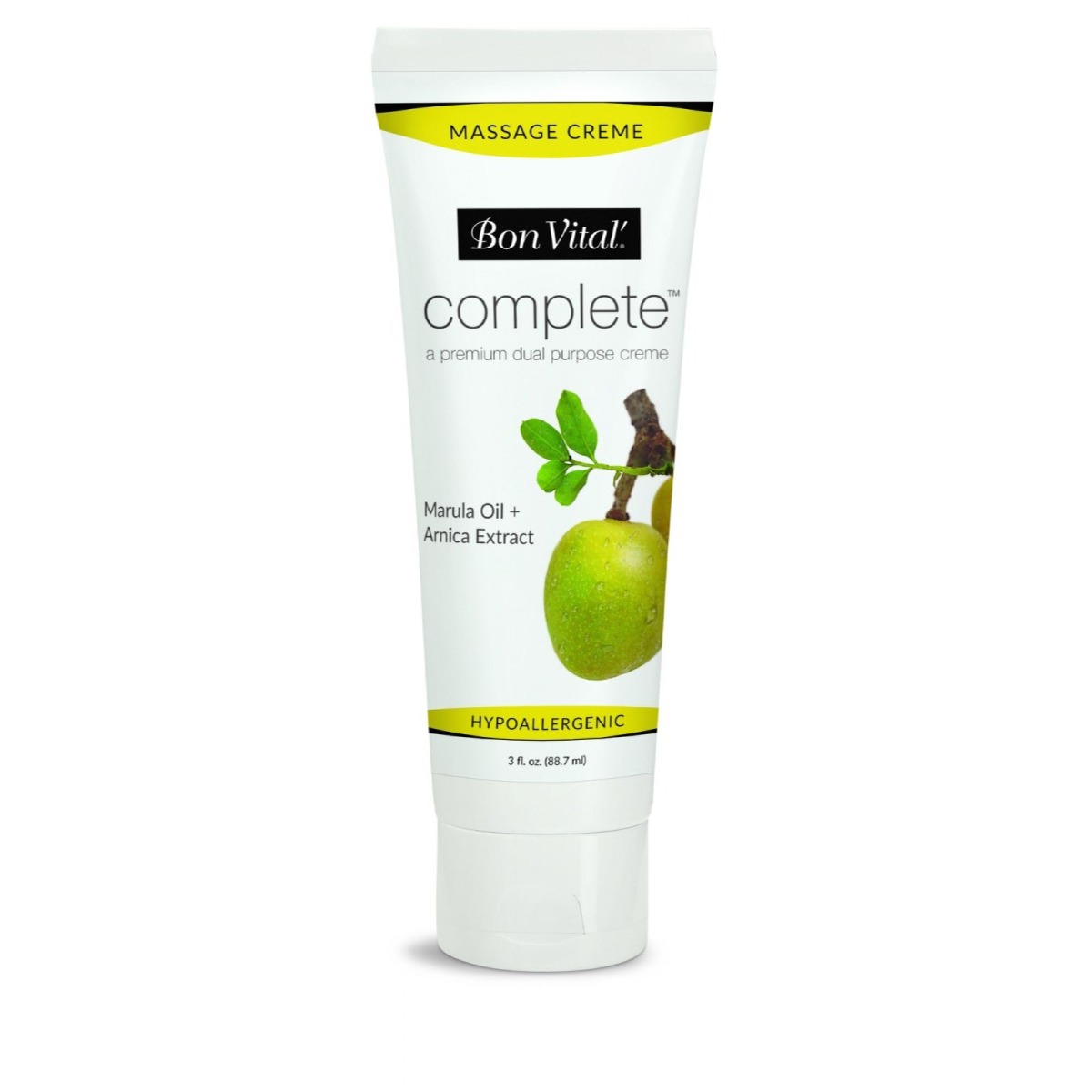
The use of massage therapy for pain relief is hundreds of years old and exists across the globe. Advocates of this pain-relief technique describe it as relaxing and therapeutic. It has shown to be beneficial in short-term pain-relief for specific regions of the body.
Massage therapy can alleviate pain in the knees, shoulders, and neck. It can also help reduce soreness for individuals with osteoarthritis of the knee.2 A massage therapist and Bon Vital Complete Massage Creme can help relieve your pain.
Biofreeze

Fatigue isn’t just a mental condition, it can affect your muscles as well. When your body is aching after a long day, cool the pain with Biofreeze. Menthol, the active ingredient in Biofreeze, provides a cooling sensation that ices out pain when it comes into contact with skin.
TheraBand Roller Massager+

If you don’t want to go out to see a massage therapist, there are other options. Give yourself a deep tissue massage y from home with the TheraBand Roller Massager+. Soothe your muscles and alleviate pressure points. Simply place the roller on your body and apply pressure with the handles. Then move the roller over your muscles for a deep tissue massage and myofascial release.
References
- Managing Cancer-Related Fatigue. (2018, October 22). Retrieved from https://bit.ly/2Yf5ez3
- Massage Therapy: What You Need To Know. (2019, May 21). Retrieved from https://bit.ly/1yrvh13
- Mustian, K. M., Peppone, L., Darling, T. V., Palesh, O., Heckler, C. E., & Morrow, G. R. (2009, September/October). A 4-week home-based aerobic and resistance exercise program during radiation therapy: A pilot randomized clinical trial. Retrieved from https://bit.ly/314Zyo0
- Page, P., Dr. (2012, March 30). Thera-Band Exercises Beneficial for Breast Cancer Survivors. Retrieved from https://bit.ly/2ZngFRw
Medical Disclaimer: The information provided on this site, including text, graphics, images and other material, are for informational purposes only and are not intended to substitute for professional medical advice, diagnosis or treatment. Always seek the advice of your physician or other healthcare professional with any questions or concerns you may have regarding your condition.

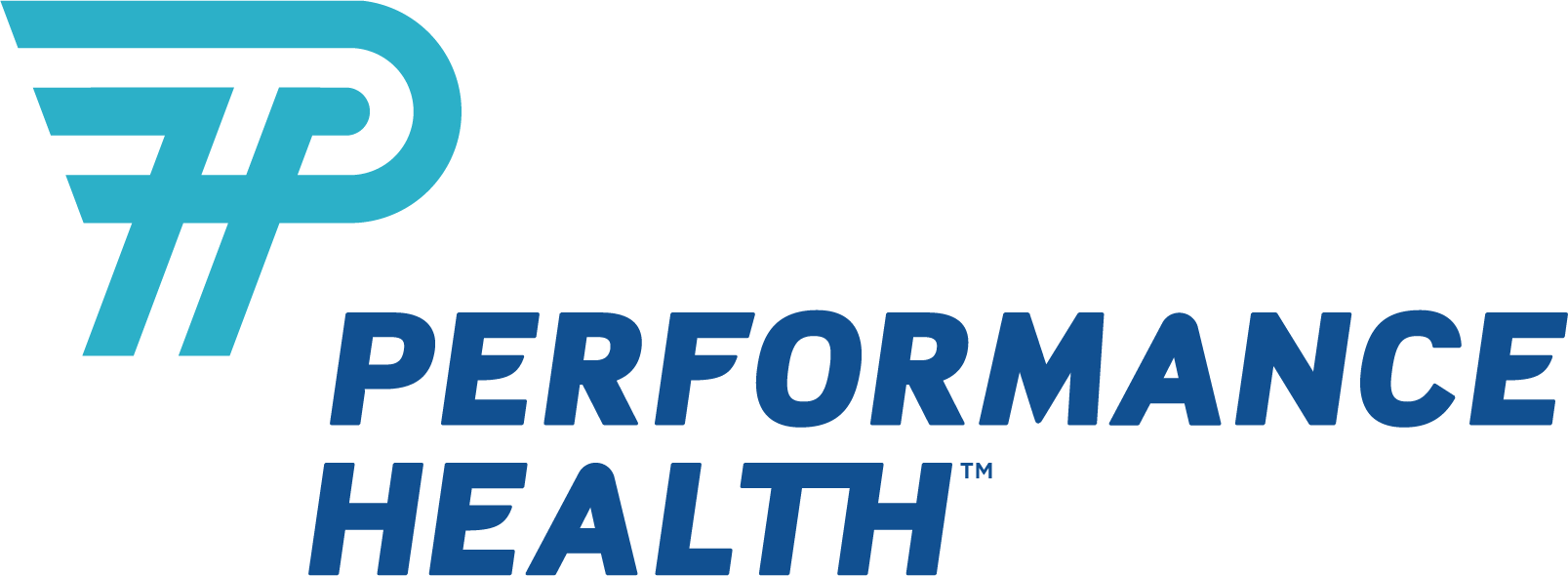






 France
France Australia
Australia
